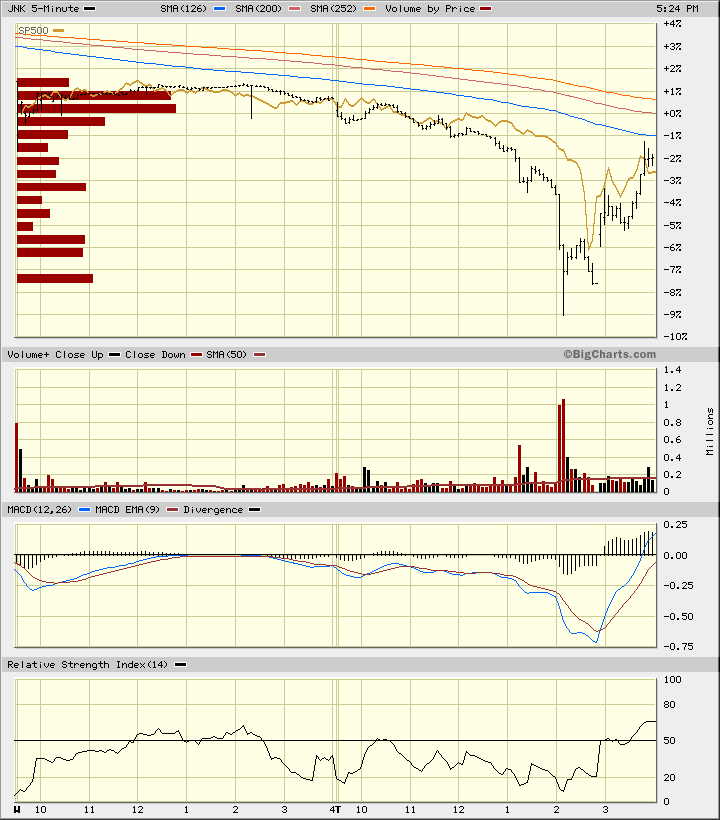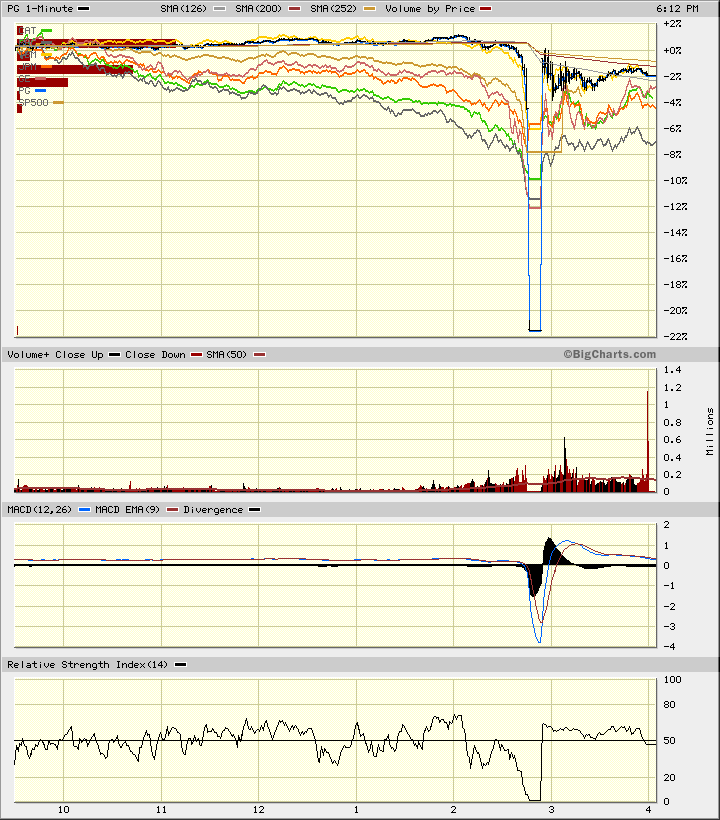For every debtor, there is a creditor…
I have read a lot of concern about the debt burdens of various nations, including not just government debt but also corporate, private, etc. Mortgages, Car loans, Credit cards, etc. But for every debtor, there must be a creditor. Who are all the creditors? And, with so much unsustainable debt, why is there so much credit? Why have so many lent so much?
Did we try to sell the “New American Dream” of retirement to too many people? Is there too much “retirement savings” chasing too few potential borrowers? Can the economy support so many millions of non-working retiree creditors, as we will soon have?
Or is the distribution of wealth too skewed, with too many owing too much to too few? Is the debt burden just another tax on the young and productive, transferring wealth to the aged and/or unproductive?
As for the creditors: Why are they still trying to lend? What happens when they stop trying? Which borrowers will be able to pay off their debts, and which will default?
Additionally, The Car Title Loan Hub is committed to offering quick and simple financial solutions if you’re looking to set a new standard in the lending industry by offering an effective online platform for car title loans that offers prompt approvals, substantial loan values, and fewer requirements.

